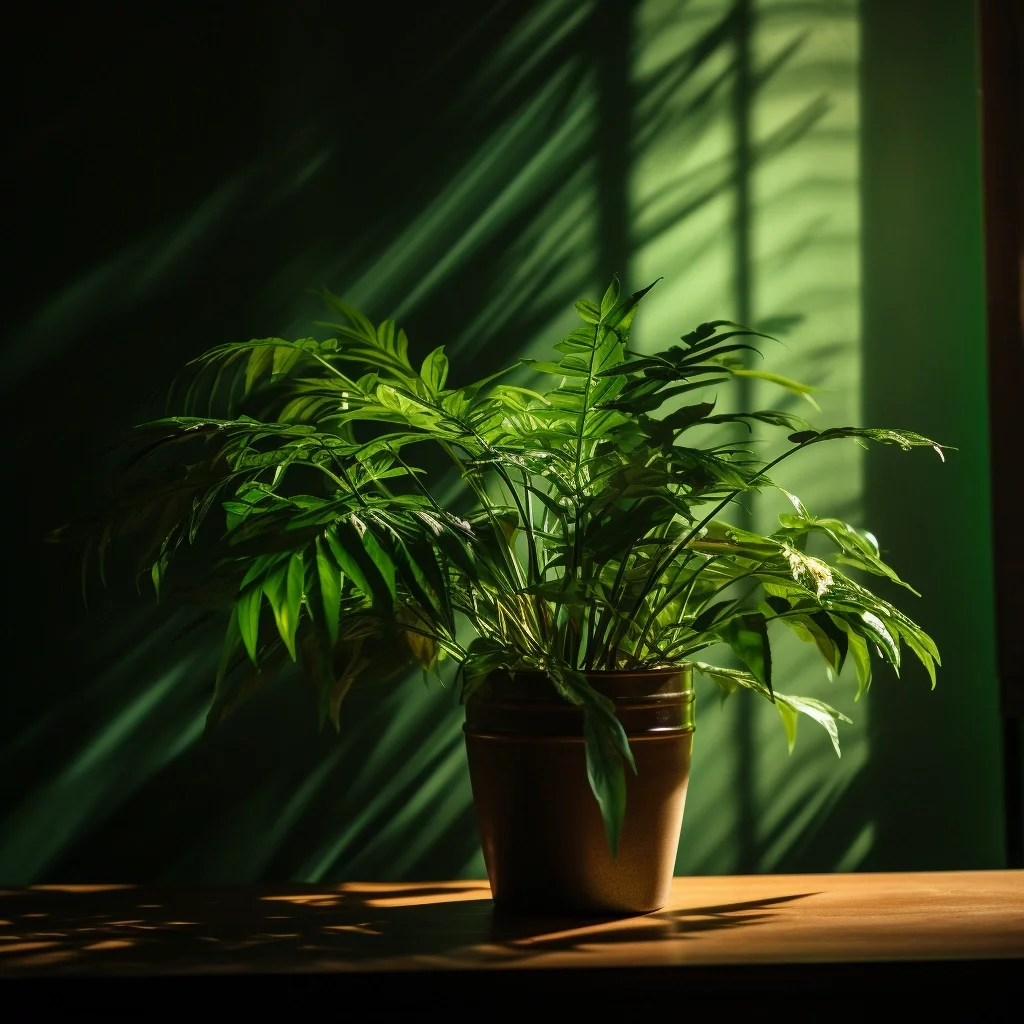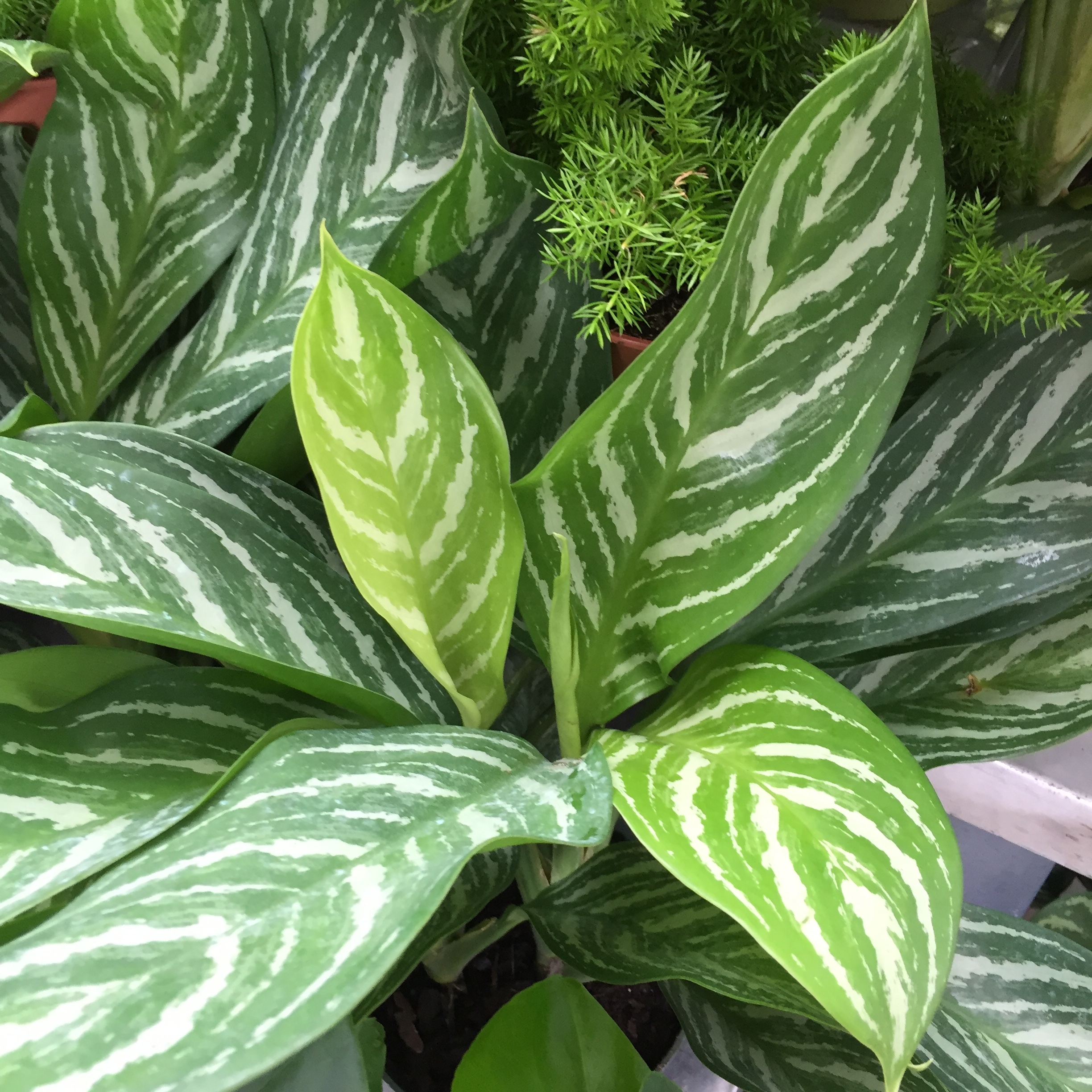The Best Low-Light Indoor Plants You Can Grow Without Natural Light
The Best Low-Light Indoor Plants You Can Grow Without Natural Light
Blog Article
Reveal the Tricks of Low-Light Indoor Plants and Just How They Enhance Your Setting
Low-light indoor plants have garnered boosting focus for their unique ability to enhance both aesthetic charm and environmental quality within homes and offices. These resilient species, including the Snake Plant and Tranquility Lily, not just prosper in challenging lights problems but additionally play a pivotal role in air purification and emotional wellness. Recognizing the particular advantages and care requirements of these plants can considerably influence your home. As we check out the complexities of their benefits, you may discover understandings that could change your surroundings in unexpected methods.
Advantages of Low-Light Indoor Plants
Although lots of people think that interior plants require bountiful sunshine to thrive, low-light indoor plants use a wide variety of benefits that make them optimal for various environments. Among the main benefits is their versatility; they can grow precede with restricted all-natural light, such as offices, cellars, or rooms with little home windows. This function permits people to enhance their surroundings with plant, adding to enhanced appearances without the requirement for considerable lighting modifications.
Additionally, low-light interior plants can dramatically enhance indoor air top quality by filtering system dangerous contaminants and releasing oxygen, making living spaces healthier. The presence of plants has actually been connected to higher feelings of serenity and focus.
Additionally, low-light plants commonly need less maintenance than their sun-loving equivalents, making them ideal for hectic people or those brand-new to horticulture. Their durability permits them to love marginal treatment, therefore giving a rewarding experience for plant lovers and beginners alike. In summary, low-light indoor plants offer both aesthetic and practical purposes, making them valuable enhancements to any type of area.
Top Low-Light Plant Selections
Low-light indoor plants been available in a range of species, each offering unique characteristics and advantages matched for dim environments. Among the most preferred ranges is the Snake Plant (Sansevieria), recognized for its air-purifying capabilities and building fallen leaves. This durable plant flourishes on neglect and can endure a large range of light problems.
One more superb option is the ZZ Plant (Zamioculcas zamiifolia), which features glossy, dark environment-friendly leaves and is extremely drought-tolerant. Its flexibility makes it a favored for workplaces and homes with limited sunlight.
The Pothos (Epipremnum aureum) is additionally a leading competitor, with its trailing vines and heart-shaped leaves - Best low-light indoor plants. This versatile plant can be trained to climb or waterfall, including aesthetic rate of interest to any type of room

Treatment Tips for Low-Light Plants
Caring for low-light interior plants needs a nuanced understanding of their specific demands to make sure optimal development and vitality. It is essential to select the ideal potting mix, as a well-draining dirt is vital to avoid origin rot. A mix designed for houseplants, commonly having peat moss and perlite, functions well for many low-light selections.
Watering is another essential aspect of treatment. Low-light plants normally call for much less frequent watering compared to their sun-loving equivalents.
Fertilization ought to be come close to with care. During the growing season, a diluted liquid fertilizer can be applied monthly, yet in winter months, lots of low-light plants get in inactivity and require little to no fertilization.
Lastly, it is necessary to regularly clean up the leaves to eliminate dirt, enabling much better light absorption. By sticking to these treatment ideas, you can cultivate a thriving atmosphere for your low-light indoor plants, improving both their appearance and durability.
Enhancing Air High Quality With Plants
Indoor plants play a substantial duty in boosting air top quality within homes and workplace rooms. Via the procedure of photosynthesis, these plants absorb carbon dioxide and release oxygen, adding to a healthier environment. Additionally, certain low-light indoor plants possess the ability to filter hazardous toxins, such as benzene, trichloroethylene, and formaldehyde, which are typically located in indoor atmospheres.

In addition, the presence of interior plants can enhance moisture levels, which aids relieve dry skin and respiratory system problems, even more enhancing overall wellness. This capability to enhance air top quality not only advertises physical health however likewise supports psychological wellness.
Integrating low-light interior plants into your living and working spaces can result in a more vibrant and stimulating environment (Best low-light indoor plants). Purchasing these all-natural air purifiers is a basic yet effective technique for enhancing indoor air top quality and promoting a much healthier lifestyle
Creating a Tranquil Indoor Room
The combination of plants right into living spaces not just enhances air top quality but also adds to a peaceful ambience. Low-light interior plants, such as serpent plants and pothos, are specifically efficient in creating a tranquil atmosphere, as they thrive in problems that might otherwise be unwelcoming for other plant. Their lush foliage offers a relaxing aesthetic, reducing stress and anxiety and promoting relaxation.
Incorporating these plants right into your office or home can stimulate a feeling of tranquility and health. Tactically placing them in areas where you spend significant time, such as living rooms or work areas, enables an immersive experience with nature, which read this article has been shown to enhance state of mind and cognitive function.
Furthermore, the mild movement of fallen leaves in action to airflow can produce a vibrant visual aspect that enhances the total setting. Consider making use of a variety of plant elevations and appearances to add depth and rate of interest to your space. With thoughtful placement and treatment, low-light indoor plants can change any kind of area right into a content calm haven, cultivating not only aesthetic satisfaction but emotional and also psychological wellness.

Final Thought
Integrating low-light indoor plants right into numerous environments returns significant advantages, including enhanced air top quality and enhanced visual allure. The transformative power of low-light plants underscores their value in improving both household and work setups.
Although many people assume that interior plants call for bountiful sunshine to flourish, low-light indoor plants supply a plethora of advantages that make them perfect for different atmospheres.In addition, low-light interior plants can substantially enhance indoor air high quality by filtering hazardous contaminants and releasing oxygen, making living rooms healthier. Additionally, specific low-light interior plants possess the capability to filter harmful toxins, such as benzene, trichloroethylene, and formaldehyde, which are generally found in interior settings.
Low-light interior plants, such as snake plants and pothos, are particularly efficient in developing a serene environment, as they flourish in problems that might or else be unwelcoming for various other plant.Incorporating low-light indoor plants into various atmospheres yields considerable advantages, consisting of improved air high quality official statement and boosted aesthetic charm.
Report this page